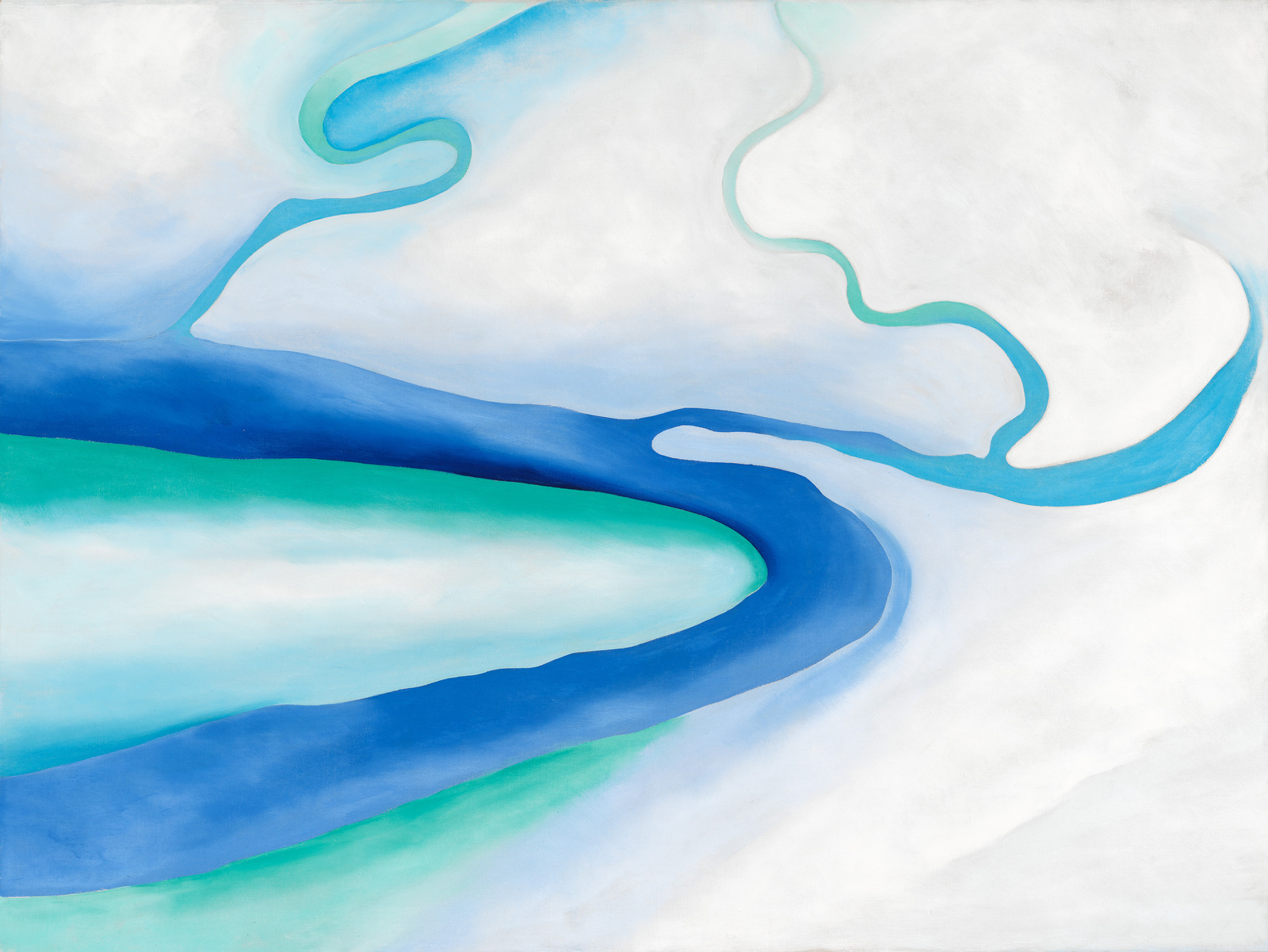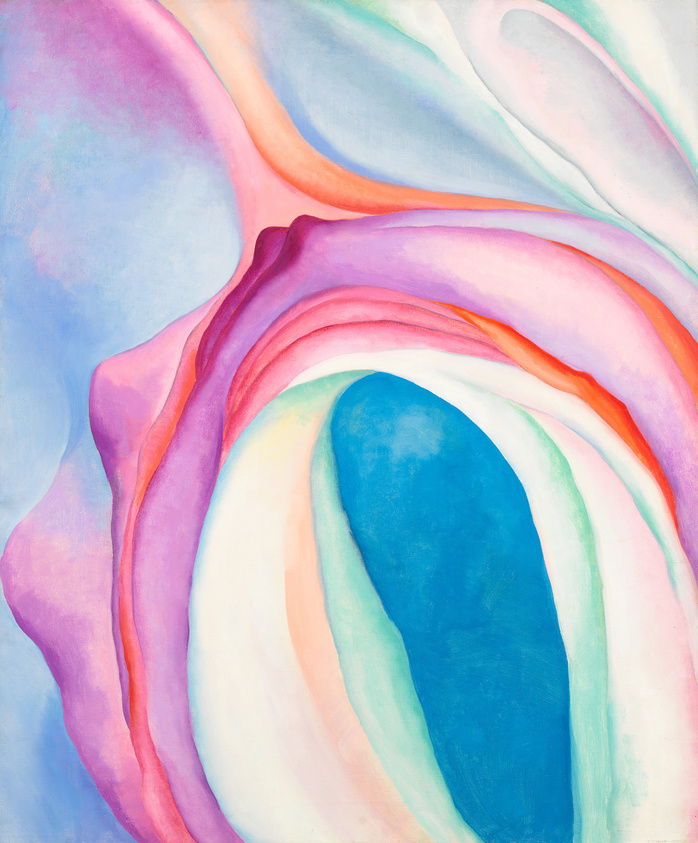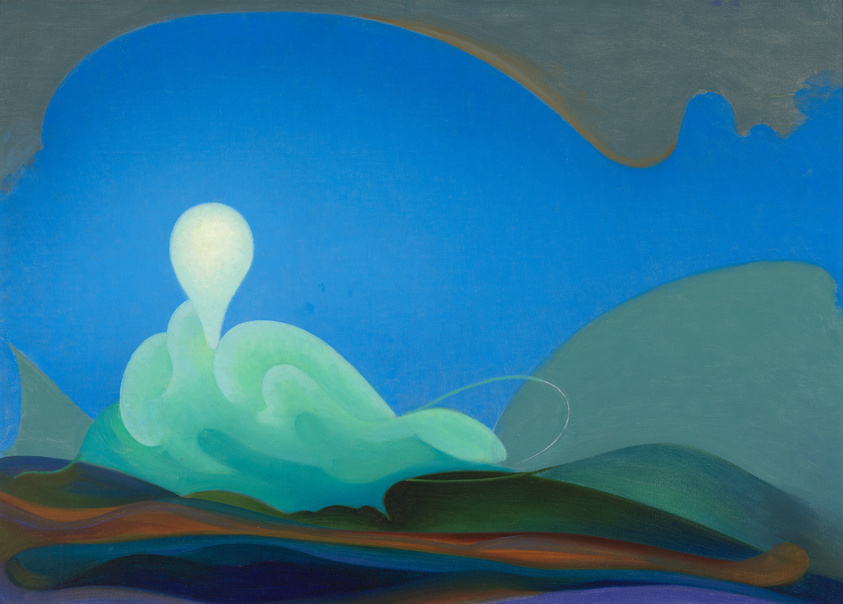Georgia O’Keeffe, Music, Pink and Blue
Apr 28, 2022
0:00
Georgia O’Keeffe, Music, Pink and Blue
0:00
Narrator: With its soft, petal-like folds, this painting by Georgia O’Keeffe seems floral—but it doesn’t depict any particular flower. It’s an abstraction that the artist has rooted in natural form.
Wanda Corn: One of the features of this painting is the beautiful sense of movement that you have where nothing is static in the picture.
Narrator: Wanda Corn is a historian of American art.
Wanda Corn: You feel as if every form is breathing and opening up to the form next to it. This was a very important concept of keeping forms in the stage of becoming. This was something that artists tried to do in their abstractions in the late teens, and O'Keeffe is responding to that notion of time not stopping, of there being a constant movement in the work itself.
When these paintings were seen for the first time, very often critics would see in them female forms. They would see in it allusions to the womb or to female reproductive organs. They would see womanly colors such as the pinks, the blues and the lavender. And it would be read as a painting that was one that could only have been made by a female intelligence.
This was a common way of talking about O'Keeffe's paintings in her early years. It was one that was prompted by her husband Alfred Stieglitz who liked to read in O'Keeffe's paintings an expression of the sort of eternal female.
O'Keeffe herself felt as if that was more a comment on the critic than what she intended. She often would say it's about natural forms, but it's not to be tied to exclusively the female body. And she would have you rather see in a work like this a kind of slipperiness of form where you can't tie it to any one thing, be it a flower or be it a female body or be it a landscape. But that it has poetic allusions to all of those.



